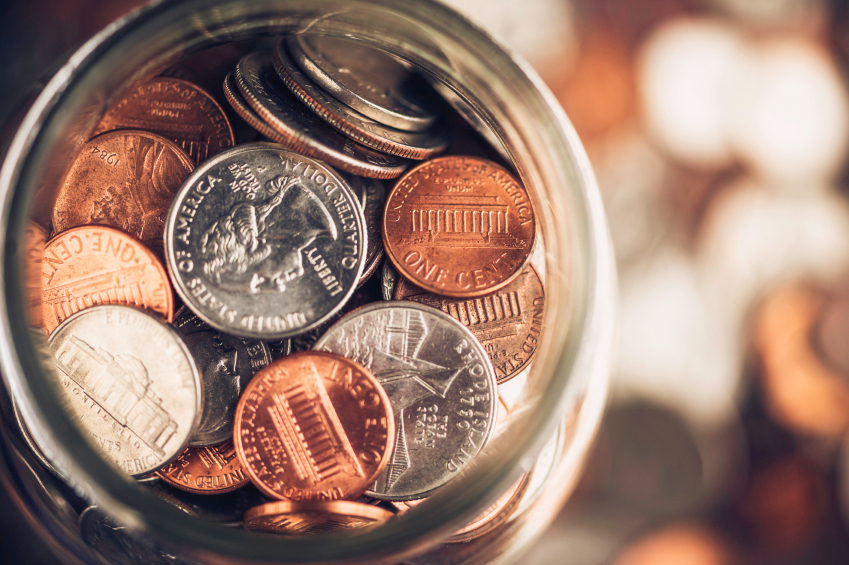Do you spend your entire paycheck before you receive the next paycheck? Are you unable to pay some bills because you haven’t been paid yet and have no money in savings? If so, you are living paycheck to paycheck, and you are certainly not alone. Millions of Americans are in the same predicament.
Living paycheck to paycheck can be extremely stressful and puts you in a dangerous position. While it may be working for you now, a job loss or an unexpected household repair or medical expense or other emergency could be financially disastrous. You may resort to using your credit cards and get yourself deep into a hole of revolving debt, or even worse, you may forego taking care of essential medical issues or repairs. When you live paycheck to paycheck, even relatively minor expenses can escalate into major problems.
While the thought of digging yourself out of this lifestyle when you are inundated with monthly bills and expenses may seem daunting, it is important to try to regain some control – for your financial future and your peace of mind. If you are ready to stop living paycheck to paycheck, here are some personal budgeting tips to help you get started.
Tips to Help You Stop Living Paycheck to Paycheck
- Assess your situation – Take some time to really examine your situation. Look at your financial statements, bills and receipts and see where your money is going. Are you spending $10 a week on lattes? How often do you eat out each week? How much is your cell phone bill – and do you really use all the data you are paying for? Are you spending money on a gym membership you barely use or a subscription to a newspaper you never have time to read? By reviewing your personal finances you may surprise yourself and find areas where you are overspending and discover ways to cut back. Not sure where to begin? This budget worksheet from Penny Pinchin’ Mom can help you sort it all out.
- Create a budget – The only way to get yourself out of the paycheck to paycheck cycle is by spending less than you make each month, and putting the difference into savings. Having some money in savings will give you the cushion you need to pay for unforeseen expenses and emergencies. Start by figuring out your monthly household income including money from your full-time employment, and any freelance or second jobs. Next, identify needs vs. wants. For example, your mortgage or rent payment is a non-discretionary expense but do you really need to spend $300 on entertainment and dining out every month? If you used the budget worksheet from your financial assessment, you can use that as a guideline for figuring out the maximum amount you should be spending each month for various items and services.
- Make more money – If you are finding it difficult to cut back, you can try to earn more. Turn your skills into additional income through freelance or consulting work, odd jobs, sales, etc. If you have things you no longer use, sell them online or hold a garage sale. You can also consider working a part-time job even temporarily until you get back on your feet.
- Set realistic goals – Setting over-ambitious goals can set you up for feelings of discouragement. Make sure your goals are practical. Start small and build your way up. Begin your budget by looking at what you are already spending and don’t go over that amount. Then, look for ways to cut back. Try saving $20 on your weekly grocery shopping by using coupons, buying things on sale, and avoiding impulse purchases. Save on your energy costs by lowering the heat and/or air conditioning when no one is home. Carpool one day a week. Put all those saved dollars in your savings account. These baby steps can add up to a substantial nest egg in the long run.
- Save first – If you don’t have easy access to your money, chances are you will be less likely to spend it. Set up a recurring online transfer so that on the days you get paid, a portion of your paycheck is directly transferred into your savings account. This money should be earmarked for emergency expenses. You’ll learn how to live on a smaller amount of money while building up your savings account.
A good rule of thumb is to have at least three months of living expenses in savings. With this type of emergency fund, you will be better able to manage unexpected bills and have a great foundation for getting yourself back on track to financial stability.










